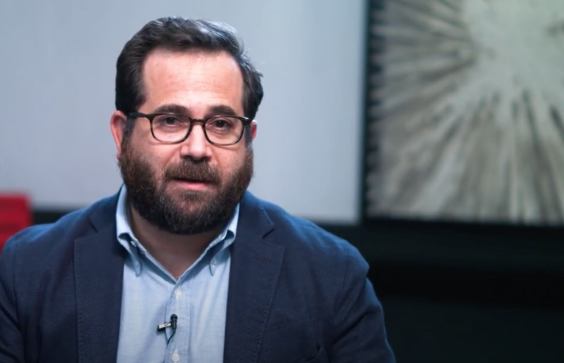
Could this patient benefit from lower intensity treatment?
A 74-year-old caucasian male presents with two NCCN high risk factors.
Case details

The patient's lesion was a 2.2cm x 2.2cm primary cutaneous squamous cell carcinoma (cSCC) on the left posterior scalp. The patient required three stages of Mohs surgery and no additional high-risk pathological features were observed. The final post-surgical defect size was 4.2 cm x 4.2 cm with a defect depth to adipose tissue.

- CT scan
- Radiation
- Monthly follow-up

Why DecisionDx-SCC?
Due to the patient’s age, the clinician hoped to avoid radiation treatment. As well, the clinician was concerned with multiple cellular abnormalities, along with a depth within the adipose tissue, albeit not a depth beyond subcutaneous tissue. The clinician’s concerns were further compounded with the patient having two NCCN high risk factors, and the DecisionDx-SCC GEP test was ordered to help inform the level of post-surgical care required.
Test result
In this patient, the DecisionDx-SCC test result of Class 1 indicates a low biological risk for metastasis (7.4%). This assisted the clinician in deciding to forgo radiation and proceed with a lower intensity-level of treatment. One year post-treatment the wound healed and there was no sign of the disease present.


In light of the Class 1 DecisionDx-SCC test result, and the indication of a low risk of metastasis, the clinician determined that a lower intensity level of post-surgical management and surveillance would be more appropriate for the patient. Radiation treatment was deemed unnecessary and removed from the patient’s care plan. Follow-up was scheduled for monthly wound check, and nodal exams were scheduled for every 6 months. One-year post-treatment, the wound had healed with no evidence of recurrence or metastasis.


DecisionDx-SCC testing provided valuable objective information to the dermatologist and helped determine a lower intensity level of post-surgical management and surveillance would be more appropriate for the patient.
















